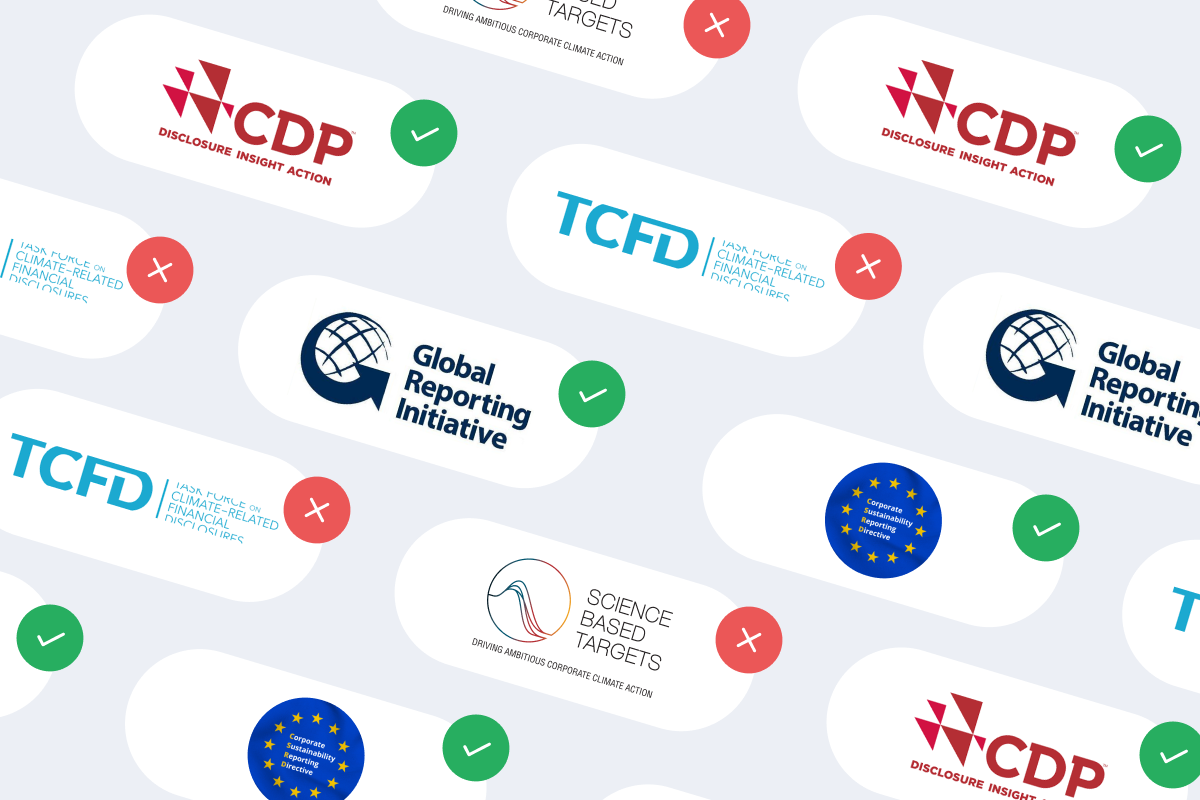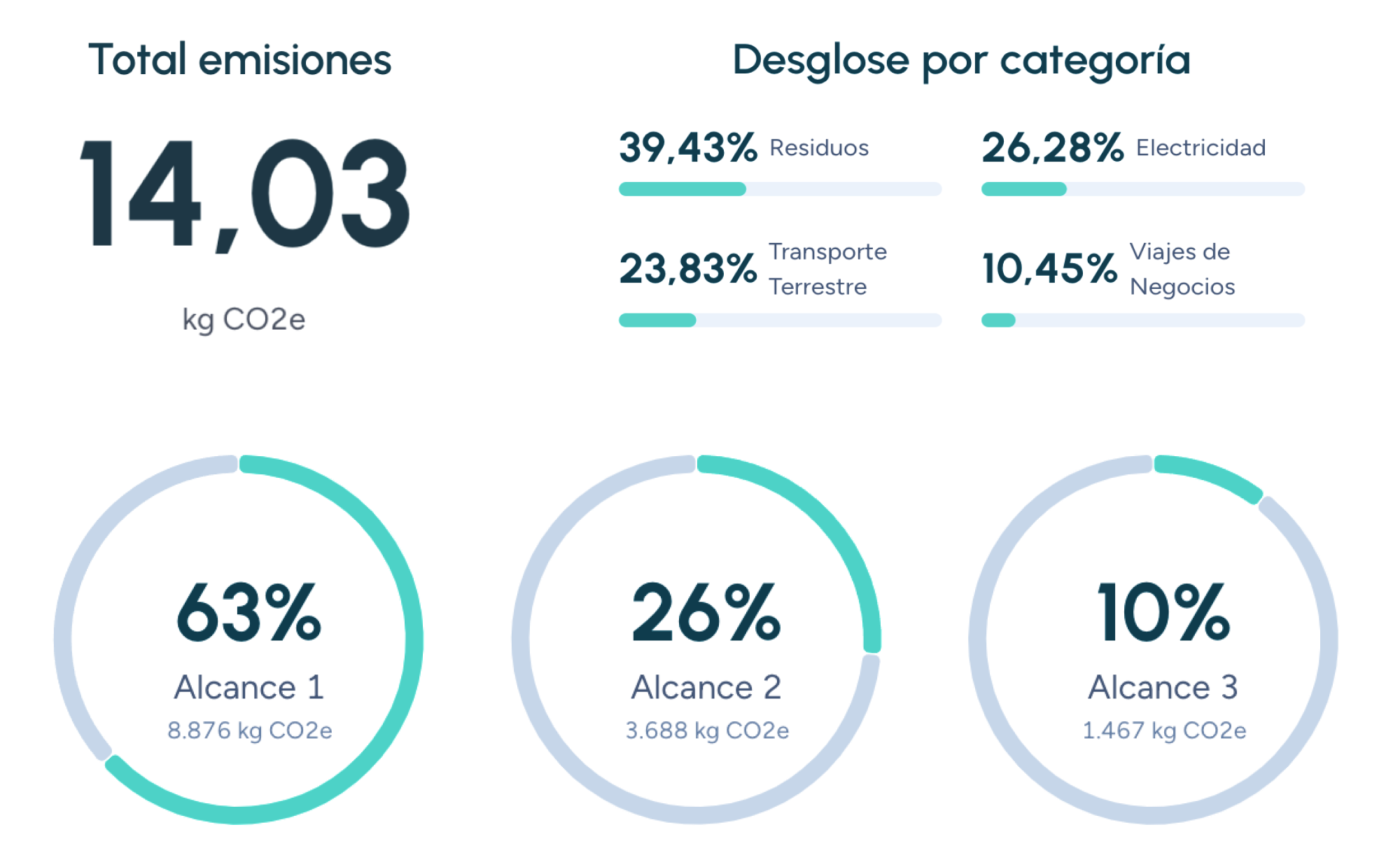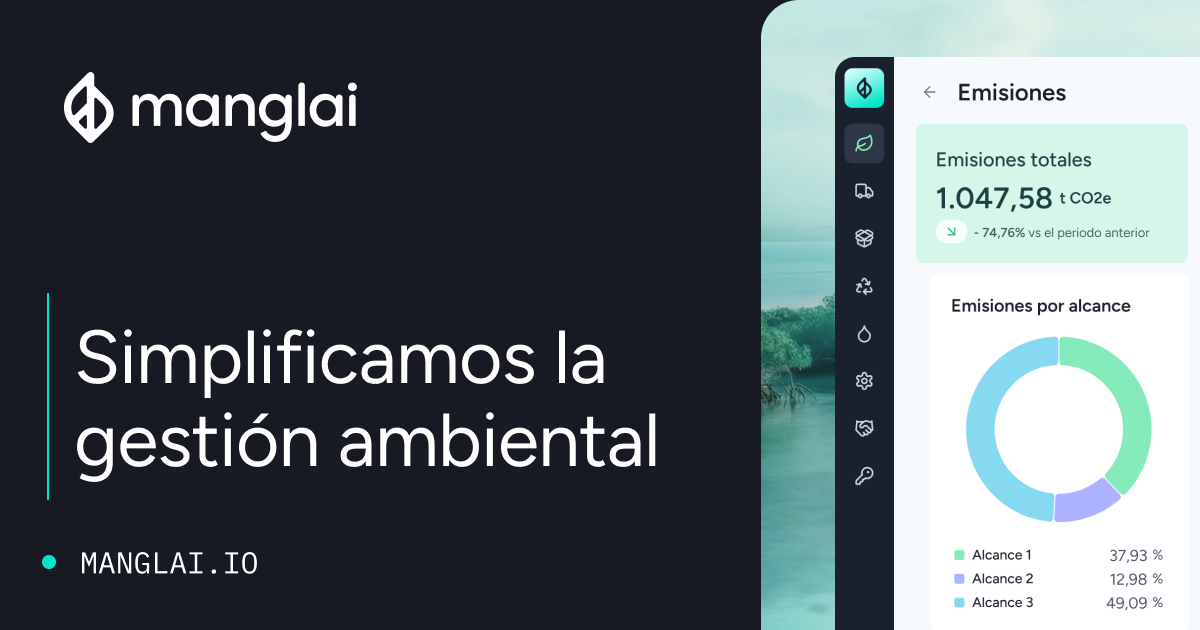S
Scope 2 Emissions
Scope 2 emissions refer to indirect greenhouse gas (GHG) emissions associated with the consumption of purchased electricity, steam, heat, or cooling. Understanding these emissions is crucial for assessing an organization’s total environmental impact and implementing effective reduction strategies. Unlike Scope 1 emissions, Scope 2 focuses on emissions generated by producing the energy purchased and used by the organization, even though these emissions occur at the energy provider’s facilities. Examples of activities generating Scope 2 emissions include:
- Electricity consumption from the grid.
- Use of steam, heat, or cooling produced at external plants.
Including Scope 2 emissions in carbon footprint calculations provides a more comprehensive view of an organization’s environmental impact. This helps identify indirect emission sources and take steps to reduce them through energy efficiency, purchasing renewable energy, or implementing other decarbonization strategies.
Calculation methodology for Scope 2 emissions
Scope 2 emissions are calculated using two main methods defined by the Greenhouse Gas Protocol (GHG Protocol), the most widely used international standard for GHG accounting and reporting (World Resources Institute, 2004):
- Location-based method
This method uses average emission factors for the electricity grid in the geographic area where the energy is consumed. It multiplies the amount of energy consumed by the corresponding emission factor to determine Scope 2 emissions. - Market-based method
This method allows organizations to report emissions based on the renewable energy attributes, such as renewable energy certificates (RECs) or Guarantees of Origin (GOs). It reflects the actual emissions of the specific energy source contracted. - Method comparison
The location-based method is simpler to apply but may not accurately reflect actual emissions if the organization uses cleaner energy sources than the grid average. The market-based method offers greater accuracy and transparency but requires more effort in tracking and documentation.
Emission factors and data sources
Emission factors represent the quantity of GHG emitted per unit of energy generated, varying by energy source (coal, natural gas, renewable energy, etc.) and generation technology. Key data sources include:
- National and international emissions databases.
- Energy provider reports.
- Government agencies.
Reducing Scope 2 emissions
Organizations can implement various strategies to reduce Scope 2 emissions, such as:
- Energy efficiency: Implementing measures to reduce energy consumption, like optimizing lighting, heating, cooling, and using efficient equipment.
- Renewable energy: Procuring energy from renewable sources, such as solar, wind, hydro, or biomass.
- Renewable energy certificates (RECs): Purchasing RECs or Guarantees of Origin (GOs) to offset emissions from conventional energy consumption.
Scope 2 emissions and legislation
Climate change legislation is driving organizations to measure and report their GHG emissions, including Scope 2 emissions. Regulations like the European Union Emissions Trading System (EU ETS) and frameworks such as the GHG Protocol set the foundation for emissions accounting and management.
Companies that trust us

CO₂ Equivalent
Understand what CO₂ equivalent means and why it's important in measuring the carbon footprint. Learn how it’s calculated and its role in fighting climate change.
Carbon Footprint
The carbon footprint measures the total amount of greenhouse gases emitted directly or indirectly by human activities, and its reduction is key to mitigating climate change through strategies such as energy efficiency and the use of renewable energy.
Carbon Footprint aspects
Discover what a carbon footprint is, why it matters, how it is measured, and the emission scopes defined by the Greenhouse Gas Protocol.
Guiding businesses towards net-zero emissions through AI-driven solutions.
© 2025 Manglai. All rights reserved
Política de Privacidad


